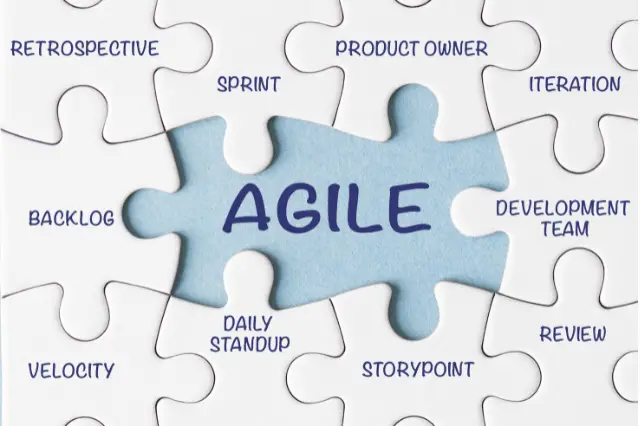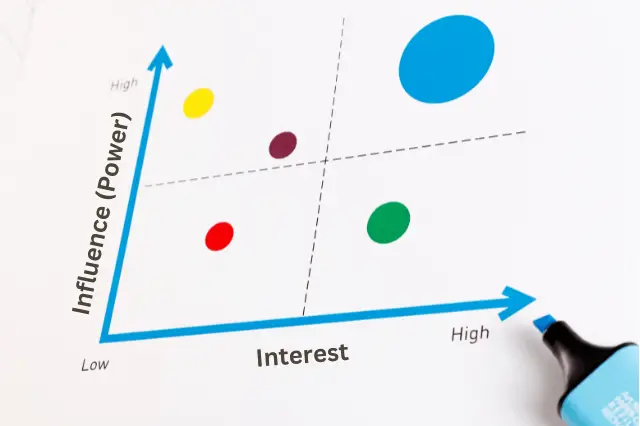Last Updated on July 13, 2025 by andrewshih
In project management, balancing resources efficiently is crucial for successful project completion. Two common techniques used to achieve this are resource leveling and resource smoothing.
Understanding the differences between these methods can help project managers choose the best approach for their projects.
Resource Leveling vs Resource Smoothing Comparison Chart
For your convenience, here is a quick comparison chart for the differences between resource leveling and smoothing.
| Aspect | Resource Leveling | Resource Smoothing |
|---|---|---|
| Purpose | Balances resource allocation by adjusting project timeline | Balances resource usage within the existing project timeline |
| Impact on Project Timeline | May extend project duration | Keeps project within original timeline |
| Flexibility | High – can adjust task schedules significantly | Limited – must work within existing timeline |
| Effectiveness | Highly effective in resolving overallocation | Effective within constraints, may not fully resolve overallocation |
| Complexity | High – requires careful planning and monitoring | Moderate – involves adjusting task schedules and priorities |
| When to Use | Ideal for projects with flexible deadlines and high resource constraints | Suitable for projects with fixed deadlines and manageable resource limits |
| Techniques | Critical Path Method, Fast Tracking, Crashing | Adjusting Start/Finish Dates, Prioritizing Critical Tasks |
| Advantages | Minimizes delays, improves resource allocation, enhances team preparation | Reduces peaks/valleys in resource usage, maintains stability, predictability |
| Disadvantages | Can extend project duration, complex to implement | Limited flexibility, may not resolve severe overallocation |
Resource Leveling vs Resource Smoothing Video
Here is a video from David McLachlan that offers a clear explanation of the differences between resource leveling and resource smoothing.
Resource Leveling
What is Resource Leveling?
Resource leveling is a technique used to address imbalances in resource allocation. This method adjusts the start and finish dates based on resource constraints to eliminate overallocation. The primary goal is to ensure that resources are used efficiently, even if it means extending the project duration.
Resource Leveling Advantages
-
Minimizes Production Delays: By reallocating resources, resource leveling helps avoid bottlenecks and ensures that tasks are completed without delay.
-
Improves Resource Allocation: It ensures that resources are distributed evenly, preventing overallocation and underutilization.
-
Enhances Team Preparation: Team members have sufficient time to complete their tasks, leading to better preparation and execution
Resource Leveling Disadvantages
-
Extended Project Duration: Adjusting task schedules to balance resources can extend the overall project timeline.
-
Complexity: Implementing resource leveling can be complex and time-consuming, requiring careful planning and monitoring.
Resource Leveling Techniques
- Critical Path Method (CPM): Identifies the longest path of tasks in a project and ensures that resources are allocated to these critical tasks to avoid delays.
- Fast Tracking: Involves performing tasks in parallel that are normally done sequentially, to save time, though this approach can increase risks.
- Crashing: Adds additional resources to critical tasks to shorten their duration, focusing on minimizing costs while speeding up the project timeline.
Resource Leveling Example
Consider John, who is allocated 8 hours a day on two tasks that overlap. This over-allocation means John cannot feasibly complete both tasks simultaneously. Resource leveling can help solve this issue by adjusting the project schedule.
For instance, if Task A and Task B both require John’s expertise, resource leveling might delay Task B until John has completed Task A, thereby preventing overallocation and ensuring both tasks are completed effectively.
Resource Smoothing
What is Resource Smoothing?
Resource smoothing is a technique used to adjust activities within the existing project timeline. It aims to ensure that resource usage does not exceed predefined limits without changing the project’s end date.
Resource Smoothing Advantages
-
Reduces Peaks and Valleys in Resource Usage: Maintains a balanced workload for team members and prevents sudden surges in resource demand.
-
Maintains Project Stability: Ensures that the project remains on schedule without extending the timeline.
-
Predictability: Enhances project stability and predictability by maintaining a consistent workload.
Resource Smoothing Disadvantages
-
Limited Flexibility: Resource smoothing must work within the existing project timeline, which can limit its effectiveness in resolving resource conflicts.
-
Potential for Unresolved Overallocation: If resources are severely constrained, smoothing may not fully resolve overallocation issues.
Techniques
- Adjusting Start and Finish Dates: Resource smoothing involves adjusting the start and finish dates of tasks to avoid peaks and valleys in resource usage.
- Prioritizing Critical Tasks: In resource smoothing, critical tasks are given priority to ensure they are completed on time. Non-critical tasks may be delayed within the allowable float to balance resource usage.
Resource Smoothing Example
Float, also known as slack, is the amount of time a task can be delayed without affecting the project completion date. In resource smoothing, float plays a critical role in balancing resource usage within the project timeline. By leveraging float, project managers can adjust task schedules to optimize resource allocation without impacting the overall project timeline.
For example, if Task B has a float of 3 days, it can be delayed by up to 3 days without affecting the project’s end date. This flexibility allows for better resource allocation and prevents overallocation.
Next Step
Understanding the differences between resource leveling and resource smoothing is essential for effective project management. By choosing the right technique based on project needs, managers can ensure efficient resource allocation, timely project completion, and improved overall productivity.
Now that you know the differences between resource leveling and smoothing, you may be interested in learning how to manage the resources using the Resource Breakdown Structure, and RACI Chart.
What is the difference between resource leveling and crashing?
Resource leveling optimizes resource utilization by adjusting task schedules to prevent overallocation and improve efficiency, potentially extending the project duration. Crashing, on the other hand, is a schedule compression technique that adds extra resources to critical tasks to shorten the project duration, usually with an increase in cost.
How is slack used in resource leveling?
In resource leveling, slack, or float, is used to alleviate resource overallocation by delaying tasks within their available slack period. This means tasks can be postponed beyond their earliest start (ES) dates but no later than their latest finish (LF) dates, ensuring they remain within their allowable time frames without impacting the overall project timeline.
What is the difference between resource loading and resource leveling?
Resource loading focuses on maximizing the capacity of the workforce by assigning resources to tasks based on their availability. In contrast, resource leveling prioritizes project timelines and budgets, adjusting schedules to resolve resource conflicts while considering critical paths and project constraints.
Does resource leveling affect critical paths?
Yes, resource leveling can affect the critical path by altering the duration and sequence of tasks. This adjustment can potentially extend the project duration if tasks on the critical path are delayed to resolve resource conflicts.
What takes the highest precedence during resource leveling?
During resource leveling, the constrained tasks take precedence. These are tasks that have resource limitations or dependencies that must be addressed first, followed by other tasks in the dependency chain to ensure efficient resource allocation.
What is the primary objective of resource leveling?
The primary objective of resource leveling is to balance resource demand and supply efficiently, ensuring resources are not over-allocated. This involves adjusting task schedules to resolve conflicts, often leading to a more even distribution of work and potentially extending the project duration to meet resource constraints.



